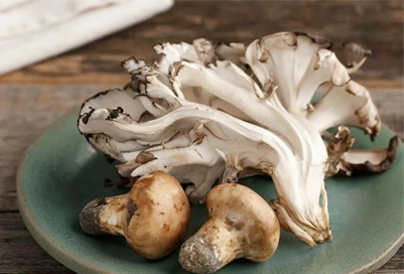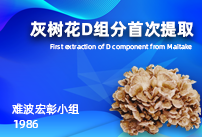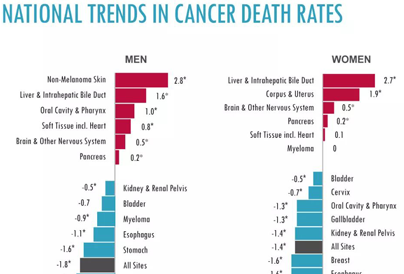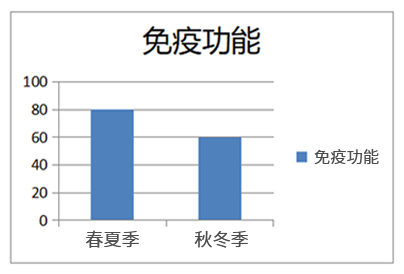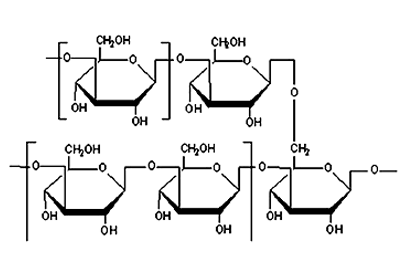Most cancer-related deaths do not occur when a patient first develops a tumor, but when the cancer relapses after months or years of treatment. Scientists believe that a rare group of cancer cells, persistent cells, may contribute to this recurrence. Persistent cells account for only a small part of cancer cells; As their name implies, despite drug treatment, they still exist and can survive in the body long enough to obtain new mutations, so that they can escape drugs and eventually promote tumor recurrence and growth.
Now, in a new study, researchers from Harvard Medical School and Broad Institute found that a small number of persistent cells, namely circulating persistent cells, can not only survive exposure to cancer drugs, but also maintain the ability of growth and proliferation even under continuous drug treatment. In this new study, they developed a new system to track these cells and analyze them using single-cell genomics. The analysis identified key characteristics that may make these cells resistant to treatment and the biochemical pathways they use to grow. Relevant research results were published online in the journal Nature on August 11, 2021, with the title of "circulating cancer persister cells arise from lineages with distinct programs".
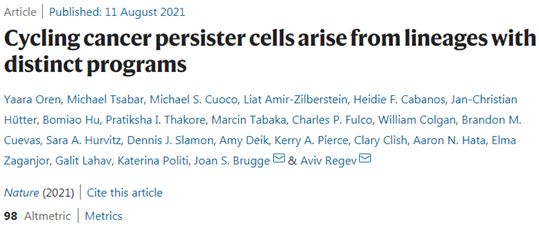
These findings may help explain why so many promising cancer treatments shown in the laboratory have failed in clinical trials. These authors point out that new therapies targeting these persistent cells may delay or eventually prevent disease recurrence.
"This study gives us an unprecedented understanding of the dynamic changes of cell state after drug treatment. This information is very important for developing strategies to prevent therapeutic resistance. After all, therapeutic resistance seriously limits the effectiveness of most targeted therapies today," said Joan Brugge, co-author of the paper and professor of cell biology at Harvard Medical school
"We hope that our research will provide a stepping stone to help scientists begin to determine the treatment for recurrent patients," said yaara Oren, the first author of the paper and a postdoctoral researcher at the broad Institute
Looking for persistent cells
Although scientists know the existence of circulating persistent cells, they are relatively rare in persistent cells - about five circulating persistent cells in every 1000 persistent cells maintain "Circulation" or division ability - which makes them difficult to isolate and characterize.
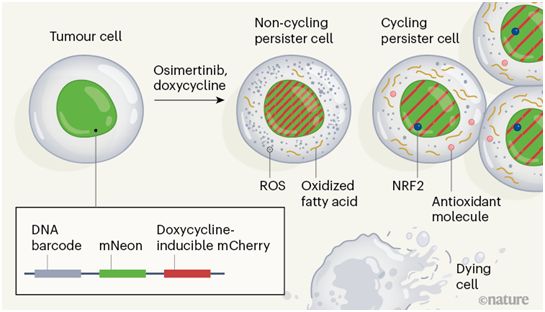
A method for analyzing persistent cells in tumors. The picture is from nature, 2021, DOI: 10.1038/d41586-021-02117-1.
In order to study persistent cells more closely, the authors developed a labeling system called watermelon to track living cells under a microscope or analyze them with single-cell genomics. In this system, a red label is used to label individual cells and gradually fade with the division and proliferation of these cells, which enables scientists to separate circulating persistent cells from non circulating persistent cells. Combining this red label with a green label that marks a specific cell line can track cell proliferation and which cell subtype they originated from. Finally, genetic "barcodes" - unique DNA sequences - mark and identify each starting cell in the cell population that can be sequenced.
Once the authors sorted these cells according to their proliferative ability, they used single-cell RNA sequencing and metabolic analysis to study the mechanism by which each cell could proliferate under treatment.
Study of circulating persistent cells
To understand the performance of persistent cells under drug therapy, these authors treated them with commonly used drugs approved by the U.S. Food and Drug Administration (FDA), which target specific cancer driver genes. They found that circulating persistent cells and non circulating persistent cells follow different trajectories, and each of them has a unique RNA spectrum. Compared with non circulating persistent cells, circulating persistent cells showed increased expression of antioxidant gene program and produced a series of unique metabolites. To their surprise, they also found that circulating persistent cells rely on fatty acid based metabolism rather than glucose based metabolism, and cancer cells are usually addicted to sugar. These observations were consistent in multiple cancer cell lines, mouse cancer models, and human lung tumor samples.
Oren said that these characteristics of circulating persistent cells may explain why treatment targeting persistent cells may not prevent recurrence. Although a treatment may initially reduce the overall number of persistent cells, this new study shows that this method may increase the proportion of circulating persistent cells, which are more likely to promote cancer recurrence. With more survival and proliferation time, these cells may also acquire mutations that promote drug resistance.
These authors suggest that therapies that specifically target circulating persistent cells may be more effective in delaying cancer recurrence. To test this hypothesis, they treated human lung cancer cells with a standard cancer therapy combined with a fatty acid oxidation inhibitor, which is a metabolic pathway that promotes the growth of circulating host cells. In tumors treated in this way, the proportion of circulating persistent cells decreased.
Looking ahead, Oren is eager to see cell models and animal models using persistent cells in the field of cancer, so as to better understand how these cells promote treatment resistance and cancer recurrence, and discover new drug targets. "I hope that in my lifetime, we can tell patients that they have been cured because they really have no cancer cells." it's ambitious, but I'm optimistic. "(BIOON. Com)
Reference Material:
1 Yaara Oren et al. Cycling cancer persister cells arise from lineages with distinct programs. Nature, 2021, doi:10.1038/s41586-021-03796-6.
2 A persistent look at how tumours evade therapy
https://www.nature.com/articles/d41586-021-02117-1
Source Link:
https://www.bioon.com/article/6789838.html




